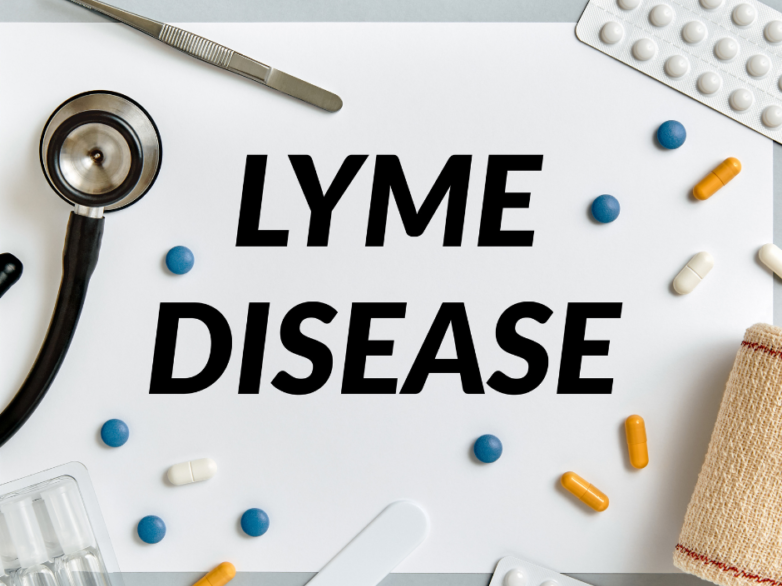
Is It Lyme Disease Or Is It Something Else?
The symptoms of Lyme disease often no longer have anything to do with the bacteria but rather the aftermath of their side effects (and those of antibiotic/supplement use).
It is not uncommon to see people that had Lyme disease feel sick as if they had the flu for months and months. Unfortunately, they are often told that these long-term effects are “normal”.
However, the reality is that there usually is a secondary, underlying issue that takes place after Lyme disease and figuring this out is the only way that you will truly get well again.
HOW DOES LYME DISEASE HAPPEN?
The eastern and western black-legged ticks are the primary vectors for Lyme disease and they are primarily found in the eastern United States and are particularly common in the Northeast.
If you get bitten by a tick, it usually has to have its head buried in your skin for at least 24h for you to contract Lyme disease.
So the good news is that not everyone who gets a tick bite gets Lyme disease.
SYMPTOMS OF LYME DISEASE
The following symptoms are typically noticed within one week:
- Red rash around the bite spot
- Stiff head or headaches
- Nausea
- Weakness
- Joint pain
- Fever
The bacteria then starts to spread in the body as it moves through the bloodstream and it could happen over a period of weeks or months.
DO YOU NEED ANTIBIOTICS?
Most people don’t need antibiotics but this would be something you’d decide when talking to your medical doctor. If the antibiotics route is chosen, it tends to be a 2 to 4 week course (if caught early).
There are two main tests for Lyme disease: 1) the ELISA test and 2) the Western blot test.
Both look for an immune response from the body to the specific bacteria so if this doesn’t show up, then the result will come back negative.
The issue with this is that it leads to a lot of false negatives. Approximately half of people who contract Lyme disease get a false negative result because testing took place too early.
It takes around 4 weeks for the antibodies to show and that is why these tests are not always very accurate.
IS IT LYME DISEASE OR SOMETHING ELSE?
A lot of people blame a virus, gut-based issues, muscle weakness and other deeper underlying issues on Lyme disease. It’s very common for doctors to just assume a person has Lyme disease and prescribe extremely strong, broad-spectrum antibiotics.
This is a dangerous game to play because the antibiotics can then cause gut dysfunction, mitochondrial issues and intestinal permeability, potentially leading to autoimmune issues.
So before taking antibiotics blindly, please do make sure that it’s actually necessary.
If you do decide to take antibiotics, make sure you’re also following a protocol alongside as well to protect the gut.
LYME DISEASE AFTERMATH
A lot of people start experiencing a host of issues after completing their course of antibiotics and tend to attribute it to Lyme disease.
They start dealing with nausea, muscle pain, headaches, and weakness, even though the bacteria are gone. The reason for this is that they now have a damaged mitochondria and gut health dysfunction due to antibiotic use.
So, these symptoms have nothing to do with Lyme itself but the consequences of using antibiotics and other medications.
I don’t treat Lyme disease in my private practice as this is dealt with by medical doctors.
However, the reason that I’m able to help those people that got infected get well again is that my approach is completely different. I focus on the real, true causes that are causing them to feel sick.

Follow Our Instagram For Exclusive Content





 د.إ / AED
د.إ / AED



Leave a comment